In the history of European art, the name Peter Paul Rubens (1577-1640) shines brightly. Not only is he a representative figure of Baroque art, but he is also an artist full of passion and talent. His works are renowned for their vibrant colors, strong contrasts of light and dark, fluid lines, and dynamic compositions. Rubens' paintings reflect his pursuit of art and his deep understanding of life and love.
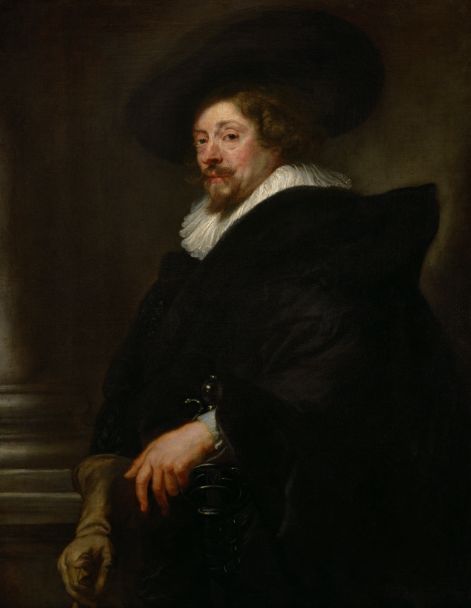
Rubens' first wife, Isabella Brant (1591-1626), was one of his muses. Isabella came from a noble background; her father, Jan Brant, was an important official in Antwerp City Hall. At the age of 18, she met 32-year-old Rubens, and they quickly fell in love. That same year, they married and became a happy couple.
Shortly after their marriage, Rubens created the famous painting "The Honeysuckle Bower". In this work, Rubens and Isabella sit under a honeysuckle tree, leaning towards each other with hands clasped. The warmth and affection in the painting resemble an ancient version of a wedding photograph.
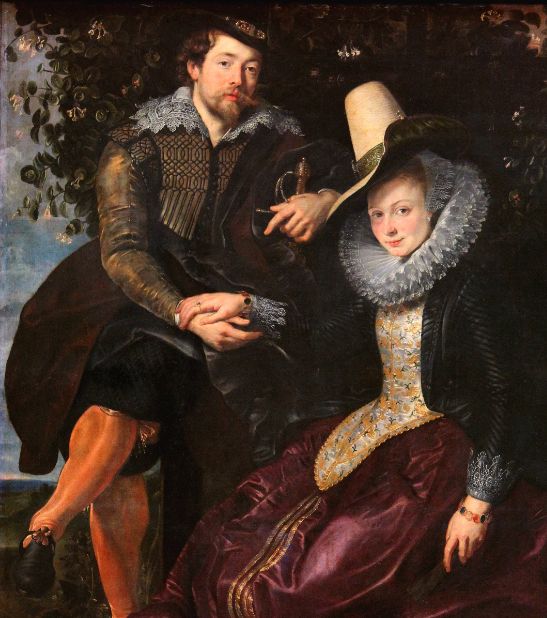
Rubens also created many portraits of Isabella, including "Portrait of a Woman" (1620-1630) and "Portrait of Isabella Brant" (1621). In these portraits, Isabella always appears with a rosy complexion and a sweet smile, showcasing her significant place in Rubens' heart.
However, their happy times were short-lived. In the 17th year of their marriage, Isabella tragically died from the plague at the age of 34. Rubens was devastated and reportedly ceased painting for a year or more to mourn his late wife.
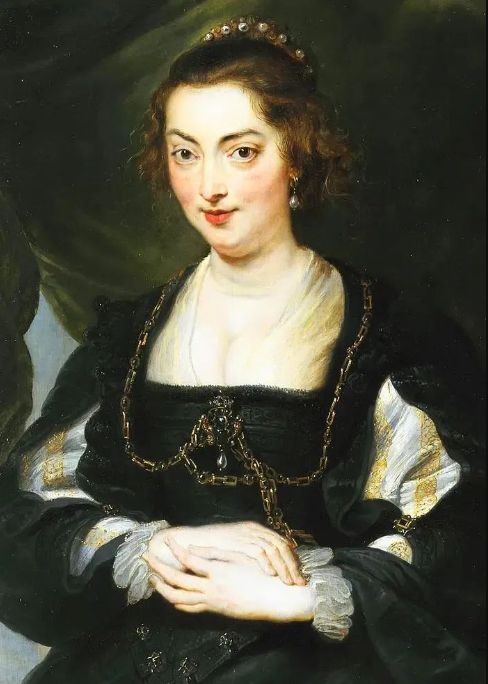
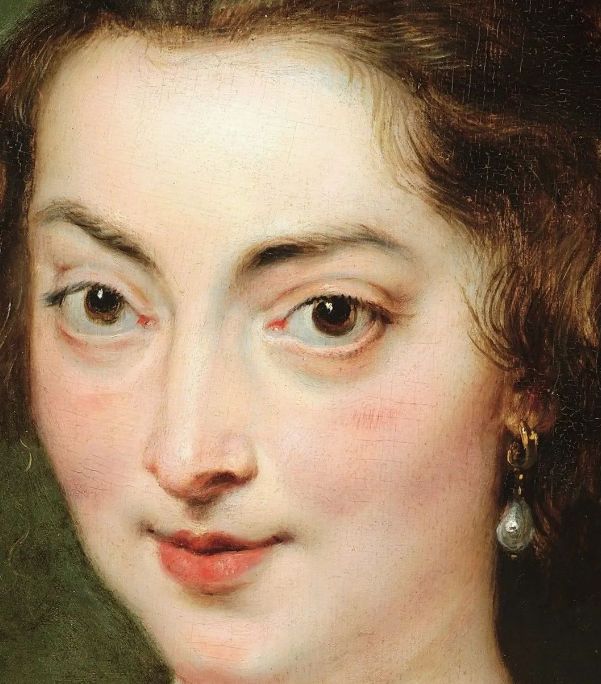
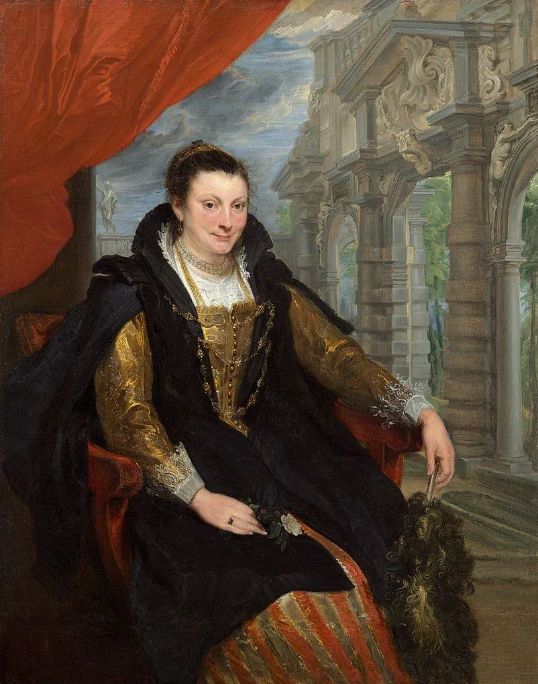
Time, however, is a great healer. Four years later, Rubens met his second wife, Helena Fourment. Helena was the niece of Rubens' late wife and was just 16 years old at the time of their marriage, a full 37 years younger than Rubens. Despite the significant age difference, their love was fervent. Helena became Rubens' new muse, featuring in many of his later works.
Rubens created several portraits of Helena, such as "Portrait of Helena Fourment" (1638) and "Helena Fourment with Two of Her Children" (1635). These works display Helena's beauty and elegance, as well as the warmth and happiness of their family.
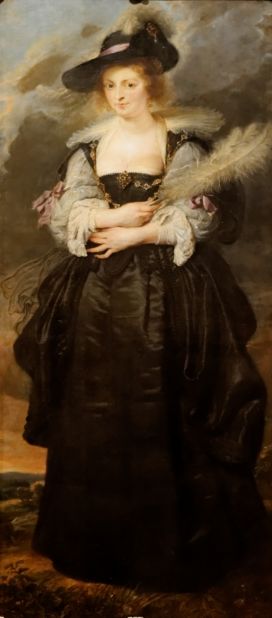
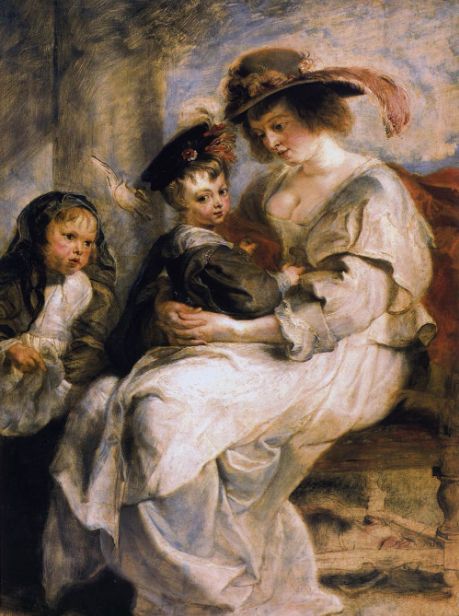
Rubens was not only an accomplished portraitist but also created many religious and mythological works. In his late work "The Three Graces" (1639), he depicted his two wives as the goddesses in the painting. Despite this causing some discontent from Helena, the painting still illustrates Rubens' deep affection for both women.
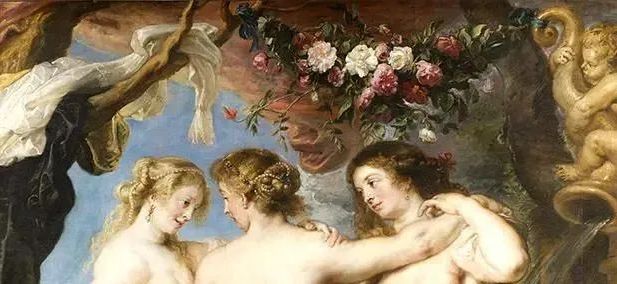
Rubens' life was filled with a pursuit of art and love. His works not only exhibit the splendor of Baroque art but also convey his profound feelings for life and love. After Rubens' death, his second wife, Helena, married a nobleman and lived a happy life.
Peter Paul Rubens used his brush to eternally capture his deep emotions and love for life on canvas. His works are not only treasures of art history but also sincere confessions of his love and life. Through Rubens' paintings, we can not only feel the charm of Baroque art but also appreciate a timeless depth of emotion.
Rubens' artistic style was deeply influenced by Italian Renaissance masters such as Titian and Michelangelo. His works feature vibrant colors, bold compositions, and a sense of movement and power. He excelled at depicting the human body, especially the voluptuous curves of women, a style that later came to be known as "Rubenesque".
Rubens was not only a painter but also a diplomat and scholar, fluent in multiple languages and possessing a broad cultural education. His artistic achievements and personal charisma made him a favorite at the courts of Europe, and he created many significant religious and political works.
Rubens' influence on later artists was profound, especially in French and Dutch Baroque art. Many artists, such as Anthony van Dyck and Diego Velázquez, were inspired by Rubens.
Peter Paul Rubens was not only a great painter, but his works are also a true reflection of his life experiences and emotions. Through the portraits of his beautiful muses and his religious and mythological paintings, we can glimpse an artist full of passion and talent, who recorded his eternal pursuit of love and beauty with his brush. Rubens' artistic achievements will forever shine in the history of art, and his story will continue to inspire generations of art lovers.
